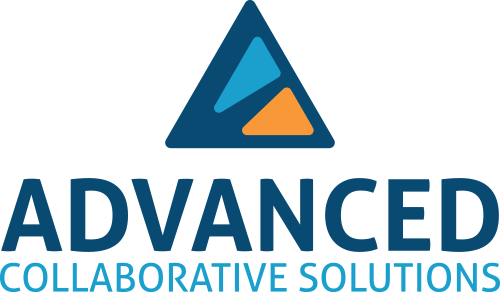3 Ways to Accelerate the Success of Your Teacher Teams
.png)
By: Steve Ventura
Instructional leaders spearhead professional learning communities (PLCs), or teacher teams, with the best of intentions: to foster collective efficacy and improve collaboration among educators in their organizations. But sometimes good intentions aren’t good enough, especially if teachers feel like they are being forced to meet with little direction on where to go and how to get there.
With the 2021-22 school year around the corner, the time is right to evaluate how collaborative time is being used in your organization and to determine if adjustments are needed. Not sure where to start? We recommend prioritizing three practices proven to accelerate the success of teacher teams: Focus, Clarity, and Accountability. By focusing on what matters most, providing clarity for team members, and creating shared accountability, you can transform your team’s collaborative time from an elevated staff meeting to a powerful forum for collective efficacy.
Focus on what matters most
Focus is the energizer and driving force behind meaningful collaboration. Effective teacher teams maintain data-driven conversations focused on student learning and achievement when determining changes to instructional practices. When teachers align around the singular focus of helping all learners achieve, they begin to think differently about their roles as educators and their influence on school-wide goals and priorities. Teachers also begin to look critically at individual student data to ascertain progress rather than an average of student test scores.
Author Cristine Comaford (Smart Tribes, 2013) writes that “focus is to prioritize high-value activities and manage low-value time wasters.” When there is too much to do and everything seems like a priority, it can be difficult to maintain focus. To keep the focus on student growth, instructional leaders need to protect teachers from getting mired down in tasks that may be distracting them from continuously improving instruction.
To help your team gain (or re-gain) focus, encourage your team leader to begin with an honest assessment of where they are as a team and where they desire to go. From there, determine and agree upon what learning intentions and instructional strategies deserve focused attention.
Lead with clarity
Now that you know the importance of focusing on common goals, you’ll come to understand that clarity must be the foundation that enables teams to make these goals a reality. A common reason why PLCs and other collaborative protocols fail is lack of clarification about why they exist and what the rules of engagement are. Your team may have norms, but how often do you refer to them? When the purpose, function, and desired outcomes of each meeting are not outwardly expressed, assumptions are made and communication breakdowns occur. Without expressed clarity, teams lose momentum, struggle with collaboration, and never truly get to appreciate the results of their efforts. Moreover, the promise of appropriating new knowledge about teaching and learning never reaches its full potential.
The remedy is to lead with clarity, which requires taking the time to define purpose, being structured about planning, getting clear on roles and responsibilities, and most importantly, communicating this information out clearly and often.
One way to provide clarity to team members is to create success criteria for meeting protocols. In the classroom, success criteria assists students in identifying where they are at in their learning and how to know if they have achieved a specific learning target. So too can success criteria help teacher team members understand where they are in the journey of focused collaboration and how to know that they are modelling effective collaboration. Establishing success criteria for effective collaboration creates opportunities for validation and new thinking.
Create shared accountability
Essentially, a teacher team is a group of educators working together to achieve common goals in which they are mutually accountable for. However, team accountability goes far beyond improving student outcomes. It begins with recognizing individuals first and then creating an energized and passionate group of educators who understand the power of their collective efforts. By focusing on individuals first to increase trust and candor, teachers will more readily take risks and openly admit errors. Without this shared accountability, it becomes much more difficult for teams to reach their desired goals.
Foundational expectations to improve accountability include following collaborative protocols consistently, looking for opportunities to upgrade collaboration, reflecting on results, celebrating success and learning how to replicate it, making instructional adjustments, and sharing progress and best practices so all team members benefit.
While the teacher team is initially formed or heavily influenced by the school leader, it’s important that the team retains ownership of the functioning of meetings to increase levels of autonomy and mutual support. One strategy to ensure that norms are continuing to be reinforced and that the group’s time is being put to good use is to assign group member roles. As mentioned above, defining roles and responsibilities is an integral part of leading with clarity. You may consider creating roles such as a team leader, a facilitator, a note-taker, and a time-keeper.
There you have it! Three tried-and-true practices that, when put in place consistently, have the power to accelerate the overall effectiveness of your teacher teams. These practices empower teachers to engage with transparency, and most importantly, to take ownership over their important work of providing instruction that leads all students to success. What other practices do you find imperative for high-functioning teacher teams?
If you’re interested in up-leveling the collaboration in your teacher and leadership teams, join us in October for an Achievement Teams Certification. Learn more.
References
Comaford, C. (2013). Smart tribes: how teams become brilliant together. Portfolio/Penguin.

